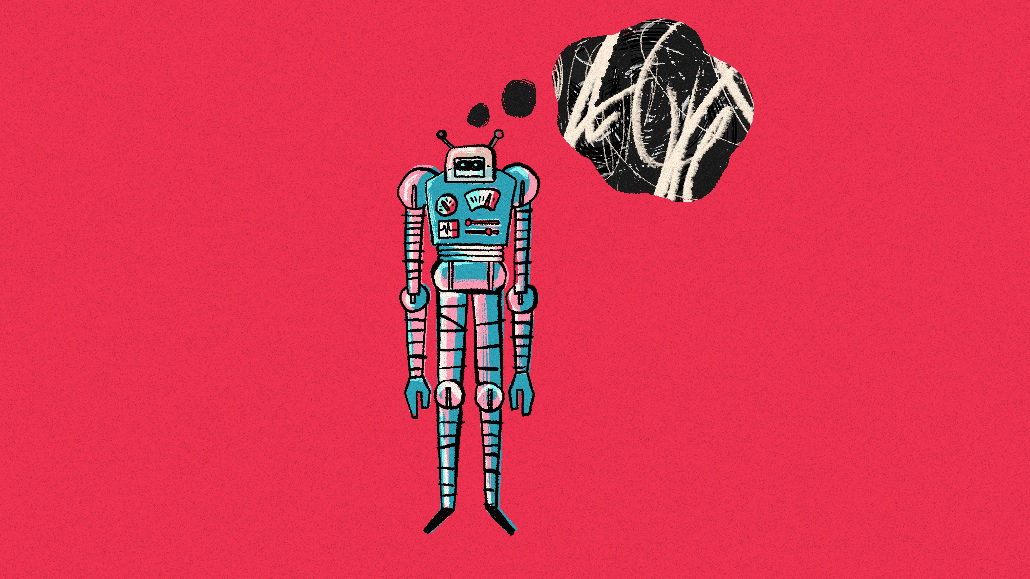
This article is a WTF explainer, in which we break down media and marketing’s most confusing terms. More from the series →
Publishers have a new tool in their efforts to limit AI’s threat to their businesses. And it’s from the company behind one of the predominant threats.
In August, OpenAI announced that website owners can now block its GPTBot web crawler from accessing their webpages’ content. Since then, 12% of the 1000 most-visited sites online have done so, according to Originality AI. The list of sites shutting themselves off to OpenAI’s web crawlers includes publishers such as Bloomberg, CNN and The New York Times.
As Digiday has covered, publishers have had a hard time protecting against generative AI tools like ChatGPT sidestepping their paywalls and siphoning their content to inform the large language models. OpenAI’s announcement, however, makes that undertaking much easier.
For those unfamiliar with what a web crawler like OpenAI’s GPTBot is, not to mention how websites are able block their access, check out the explainer video skit below.
More in Media

Media Briefing: Reliant on search, haunted by AI: publishers at a crossroads
With AI-driven updates rolling out steadily and traffic patterns shifting, publishers are starting to plan for more zero-click searches.

Digiday+ Research: Publishers look to cash in on growing events revenue
Publishers are getting significantly more revenue from events in 2025, and they’re going to focus on growing that even further.

In Graphic Detail: How creators are using generative AI to shape video and design
80 percent of content creators are using AI in their workflow, according to a study by Wondercraft. This is a deep dive into those numbers.






